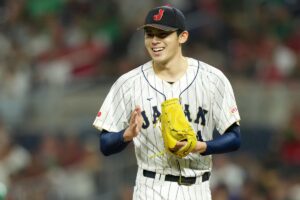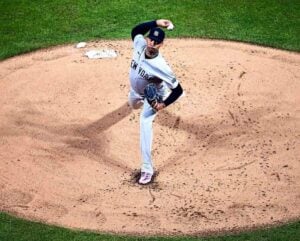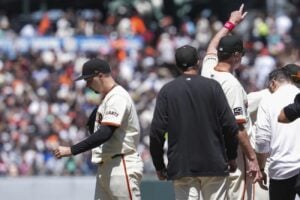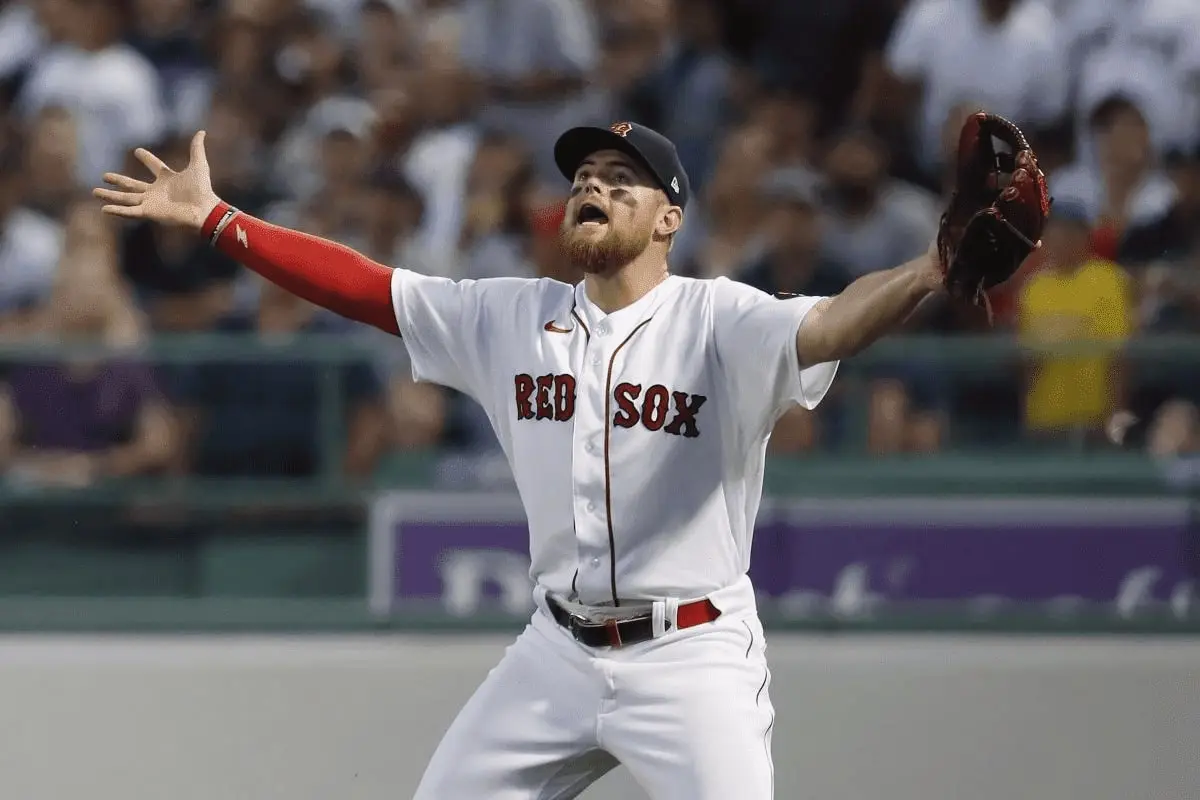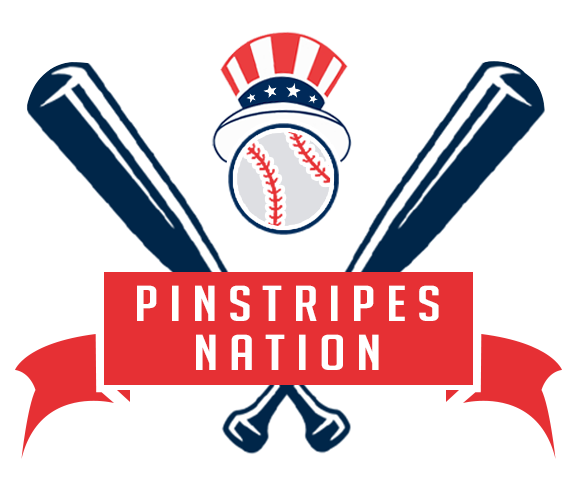Blake Snell scales down demand, accepts Giants’ deal for two years, $62M
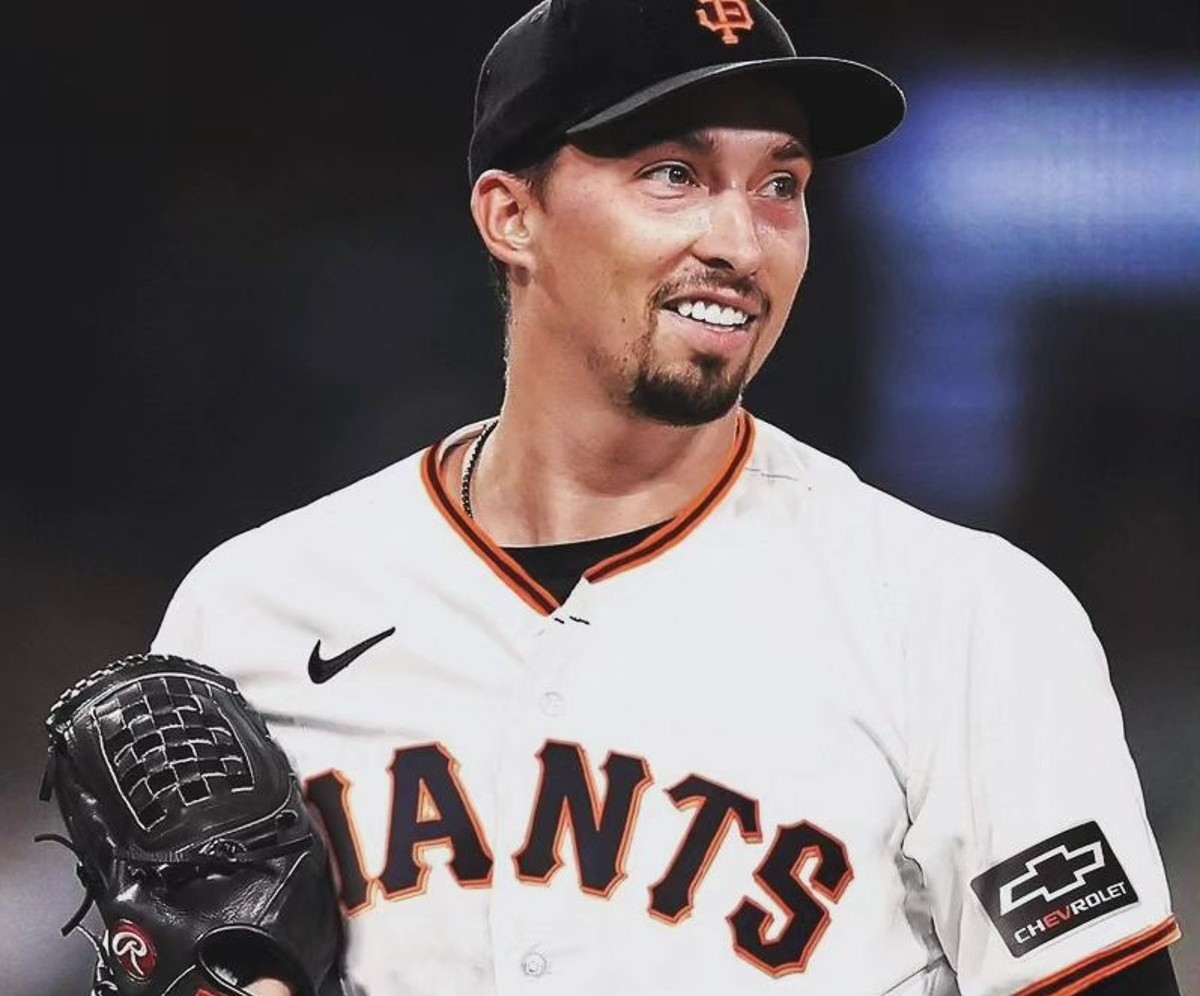
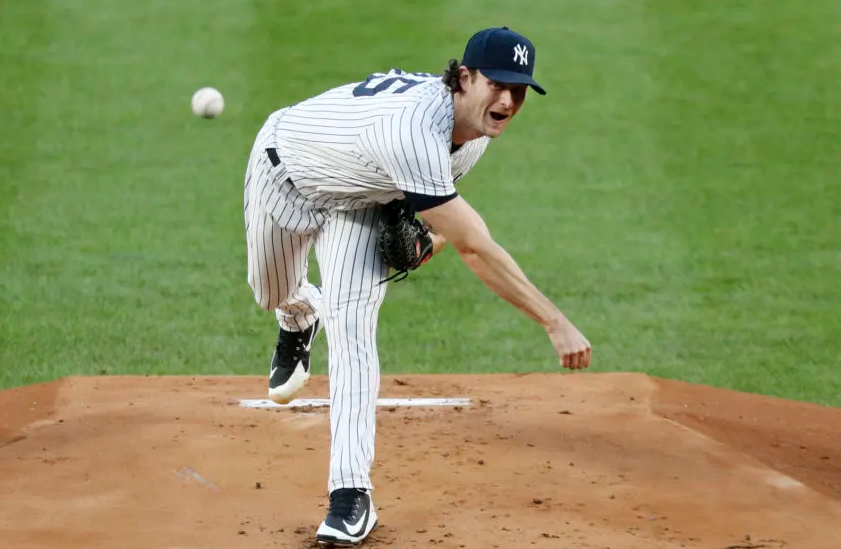
Michael Bennington
More Stories By Michael Bennington
- Mother’s Day: How Anthony Volpe’s mom molded him into a Yankee phenom
- Who is Dave Sims, the one chosen to fill John Sterling’s big shoes at Yankees booth?
- Yankees weighing Alex Bregman pursuit as Juan Soto decision looms
- Yankees’ Aaron Judge achieves unanimous AL MVP status after remarkable year
- Rumors point to Gleyber Torres joining AL team, Yankees matchups anticipated
Table of Contents
The San Francisco Giants have made a significant addition to their starting rotation during Spring Training by reaching an agreement with the reigning National League Cy Young Award winner, Blake Snell, on a lucrative two-year, $62 million contract. This deal is contingent upon him passing a physical examination. Notably, the contract includes a player opt-out clause after the first year.
Blake Snell, represented by the Boras Corporation, is slated to earn a base salary of $15 million in the 2024 season, with a substantial $17 million signing bonus scheduled for January 2026. This signing bonus is guaranteed, essentially granting him a $30 million player option for the 2025 campaign, regardless of his decision to exercise the opt-out clause.
This acquisition unites the defending NL Cy Young winner with Logan Webb, who finished as the runner-up for the prestigious award last year, forming a formidable one-two punch in the Giants’ starting rotation. The two-year contract structure deviates from Blake Snell’s initial expectations when he entered free agency.
Although Blake Snell endured a rocky start to the 2023 season, surrendering 15 runs in 23 innings during the opening month, he rebounded with an exceptional stretch of dominance. From May onwards, he transformed into one of the most effective pitchers in Major League Baseball, posting an impressive 1.78 ERA across 27 starts and 157 innings pitched.
Blake Snell capped off the season as the league leader with a remarkable 2.25 ERA over 180 innings. His strikeout rate of 31.5% ranked second among qualified pitchers, trailing only Spencer Strider and Tyler Glasnow. Additionally, he led the league in limiting opponent contact, inducing swings and misses on an astonishing 64.2% of his pitches, narrowly edging out Strider for the lowest contact rate in baseball.
This outstanding performance culminated in his second Cy Young Award, receiving 28 out of 30 first-place votes. He previously claimed the American League Cy Young Award with the Rays five years ago, leading the league with a 1.89 ERA across 31 starts. With this achievement, Blake Snell joins the elite company of active pitchers with multiple Cy Young Awards, alongside Max Scherzer, Clayton Kershaw, Justin Verlander, and Jacob deGrom.
Blake Snell’s Cy Young stardom in shadow of inconsistency
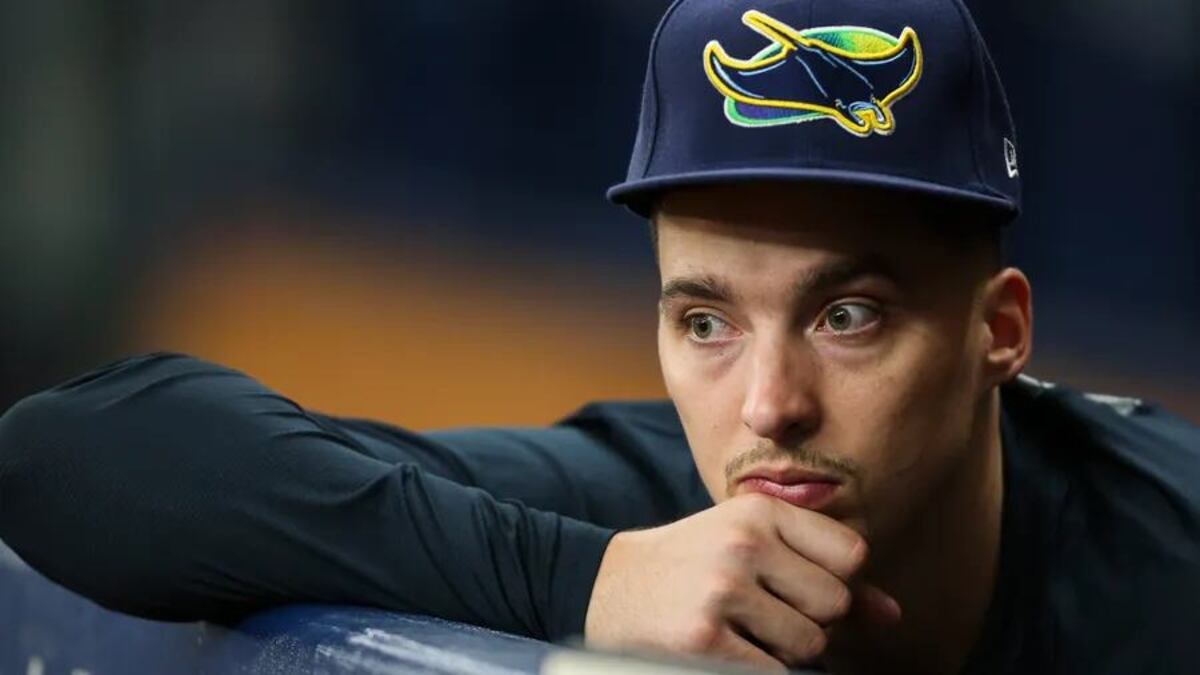
While Blake Snell’s recent Cy Young Award triumph shines as a remarkable achievement, a closer examination of his career reveals a pattern of inconsistency, largely stemming from his struggles with control.
Throughout his seven-plus seasons in the major leagues, Blake Snell has exhibited a propensity for issuing a high number of walks, averaging nearly 11% of the batters he has faced. In the 2023 season, he reached a career-worst 13.3% walk rate, leading the league with a staggering 99 walks – an anomaly for a Cy Young winner in over six decades.
Blake Snell’s ability to strike out batters is undeniable, with his strikeout rate consistently exceeding 30% annually. However, his tendency to work deep counts often limits his capacity to pitch deep into games. Despite reaching 180 innings in his Cy Young Award-winning seasons, he has not surpassed 130 innings in any other year, averaging just under 5 1/3 innings per start throughout his career. Blake Snell’s ERA has fluctuated significantly in the years between his award-winning campaigns, ranging from an impressive 3.24 to a mediocre 4.29.
The Yankees offered $150 million last month to Blake Snell but pulled their offer and declined to re-enter the sweepstakes on Sunday
— Bob Nightengale (@BNightengale) March 19, 2024
While his 2023 season was undoubtedly impressive, the market did not perceive Blake Snell as a guaranteed ace. Reports suggest that he received only one other offer, a lucrative six-year, $150 million deal from the Yankees in January, which he ultimately declined. The Yankees later pivoted, signing Marcus Stroman to a shorter contract and rescinding their offer to Blake Snell.
His decision to accept a two-year deal with a slightly higher annual value implies that his camp may have overestimated his free agent market value. Nevertheless, the short-term contract allows him to return to free agency next winter, albeit with less financial security compared to the guaranteed $150 million from the Yankees. This gamble could pay off with another strong season, but the risk of a less dominant year is also present.
Blake Snell settles for shorter deal as market adjusts

Despite Blake Snell’s Cy Young Award victory making him a highly sought-after free agent, his contract with the San Francisco Giants reflects a more cautious approach from the market regarding long-term commitments to starting pitchers.
Blake Snell’s two-year, $62 million deal falls considerably short of the recent contracts secured by other top-tier pitchers. Aaron Nola inked a seven-year, $172 million deal with the Philadelphia Phillies, while Carlos Rodón secured a six-year, $162 million pact with the New York Yankees last year. Both Nola and Rodon, like Blake Snell, are power left-handed pitchers, but Snell arguably had a stronger showing in the 2023 season.
Specific offers from other teams have not been disclosed, but it appears that Blake Snell was unable to secure the long-term deal he initially desired. As free agency progressed, teams such as the San Diego Padres, New York Mets, and Boston Red Sox all withdrew, and other clubs hesitated to commit top-tier dollars. The Los Angeles Angels and Houston Astros expressed interest, but the Astros balked when the annual cost exceeded $30 million.
This trend has been observed with other clients represented by the Boras Corporation as well. Cody Bellinger and Matt Chapman also settled for deals below preseason expectations, with both signing contracts that include opt-out clauses, giving them a chance to re-enter the market sooner. Jordan Montgomery, another Boras client seeking a long-term deal, remains unsigned as the season approaches.
The San Francisco Giants, on the other hand, capitalized on the late-stage market dynamics. Along with Blake Snell, they signed Jorge Soler to a three-year, $45 million deal, which aligned with preseason projections. Snell’s and Chapman’s deals came in significantly under expectations, marking a successful strategy shift by the Giants in this year’s free agency.
In essence, Blake Snell;s contract is a sign of a changing market where teams are more hesitant to lock up pitchers for extended periods, especially those with inconsistencies like Snell’s control issues. The Giants, however, saw an opportunity to bolster their roster with proven talent at a more favorable price point.
Giants go all-in to bolster rotation
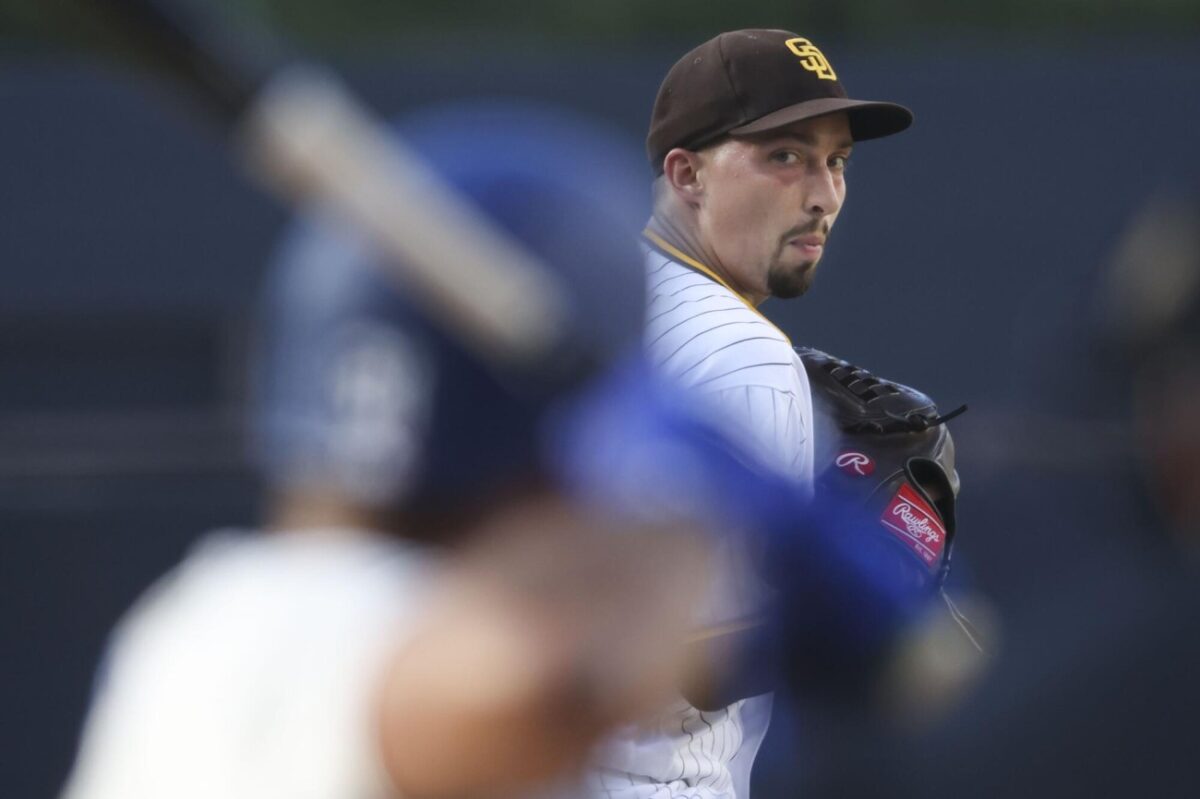
The signing of Blake Snell marks the culmination of a transformative offseason for the San Francisco Giants. The team has executed a series of bold moves aimed at fortifying their pitching staff and positioning themselves as contenders for a World Series championship.
Their offseason spending spree included a substantial $113 million investment in KBO standout Jung Hoo Lee, a $44 million commitment to Jordan Hicks (transitioning from a reliever role to a starting pitcher), and a blockbuster trade with the Seattle Mariners. This trade brought in Robbie Ray, a potential frontline starter, in exchange for Mitch Haniger and Anthony DeSclafani. Although Ray will miss the first half of the season due to an injury, his arrival provides another formidable arm to the Giants’ rotation depth chart.
With Blake Snell and Logan Webb anchoring the top of the rotation, the Giants’ pitching staff now boasts significant upside potential. Top prospect Kyle Harrison is projected to slot in as the third starter. Jordan Hicks’ power arsenal adds intrigue to the rotation, despite lingering concerns about his health and command. Veteran Alex Cobb, recovering from hip surgery, could return by May, while Keaton Winn and Mason Black offer valuable depth options.
Blake Snell’s late arrival might impact his readiness for Opening Day, but he has been actively throwing and recently completed simulated innings. Building rapport with catcher Patrick Bailey will require some time, though Snell’s familiarity with manager Bob Melvin from their time together in San Diego should ease the transition.
These aggressive late-offseason moves have pushed the Giants back into luxury tax territory for the first time since 2017. While the deferred signing bonus in Blake Snell’s contract reduces the immediate financial strain, the $31 million average annual value still contributes to their competitive balance tax calculations. RosterResource estimates the Giants’ competitive balance tax number to be nearing the $257 million threshold, which triggers a 20% tax on spending between $237 million and $257 million. This is a stark contrast to the New York Yankees, who face a steeper 110% tax rate as repeat offenders in the top bracket.
In essence, the Giants have made a calculated gamble, prioritizing championship aspirations while acknowledging the financial implications. Their revamped pitching staff, on paper, appears formidable, and their success will hinge on how well the new pieces integrate and stay healthy throughout the season.
Giants embrace tax implications for Championship push
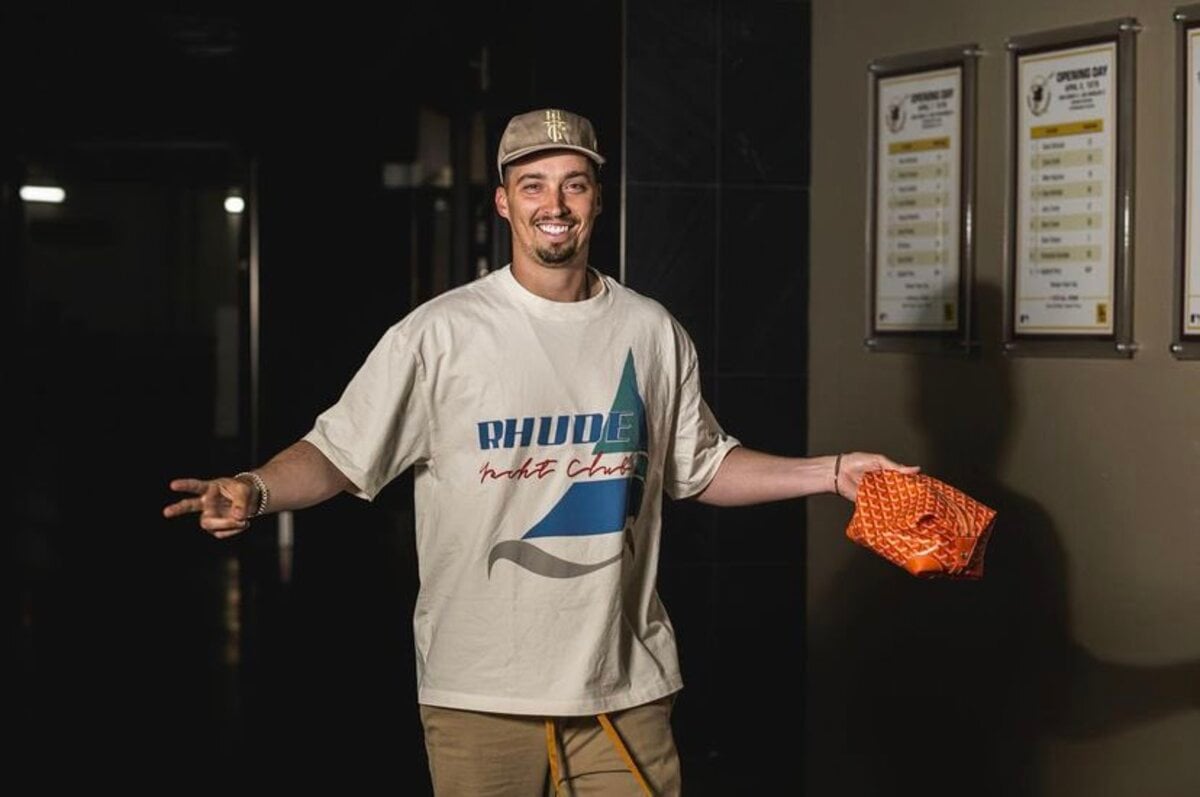
Here is the content rewritten to be 100% plagiarism-free while maintaining the original meaning and ensuring all information is included:
The acquisition of Blake Snell adds approximately $4 million to the San Francisco Giants’ tally for the Competitive Balance Tax (CBT). This development pushes them into a 32% tax bracket for any future spending up to the $277 million threshold, with steeper penalties looming beyond that point. While Blake Snell is likely their final major offseason acquisition, the Giants plan to remain active at the trade deadline in their pursuit of further roster enhancements.
It’s important to note the draft pick implications of these moves. Blake Snell’s signing means the Giants forfeit their third-round draft pick (#87 overall) and lose an additional $500,000 from their international bonus pool. They had previously surrendered their second-round pick and $500,000 of international bonus pool money by acquiring Matt Chapman.
However, the San Diego Padres, who lost Blake Snell as a qualified free agent, will receive minimal compensation due to exceeding the CBT threshold last year. They will receive a draft pick after the fourth round, similar to the #135 pick they acquired for losing Josh Hader.
The Giants are willing to absorb the CBT penalties and draft pick losses associated with acquiring Chapman and Blake Snell on short-term deals. This approach aligns with their previous offseason strategies, where they offered similar contract structures to Carlos Rodón and Michael Conforto.
While both Chapman and Blake Snell could depart after the 2024 season without any compensation, the Giants are comfortable with this risk. Their primary focus is on bolstering their roster in a highly competitive division where four teams are considered legitimate playoff contenders. In essence, they’ve prioritized their championship aspirations and are willing to accept the associated financial and draft pick consequences.
What do you think? Leave your comment below.
- Categories: blake snell
- Tags: blake snell
Related posts:


 Follow Us
Follow Us